Apple Watch Sleep Tracking: Everything you need to know
When it comes to tracking your sleep, your Apple Watch and iPhone go together like a cheating husband and the downstairs couch.
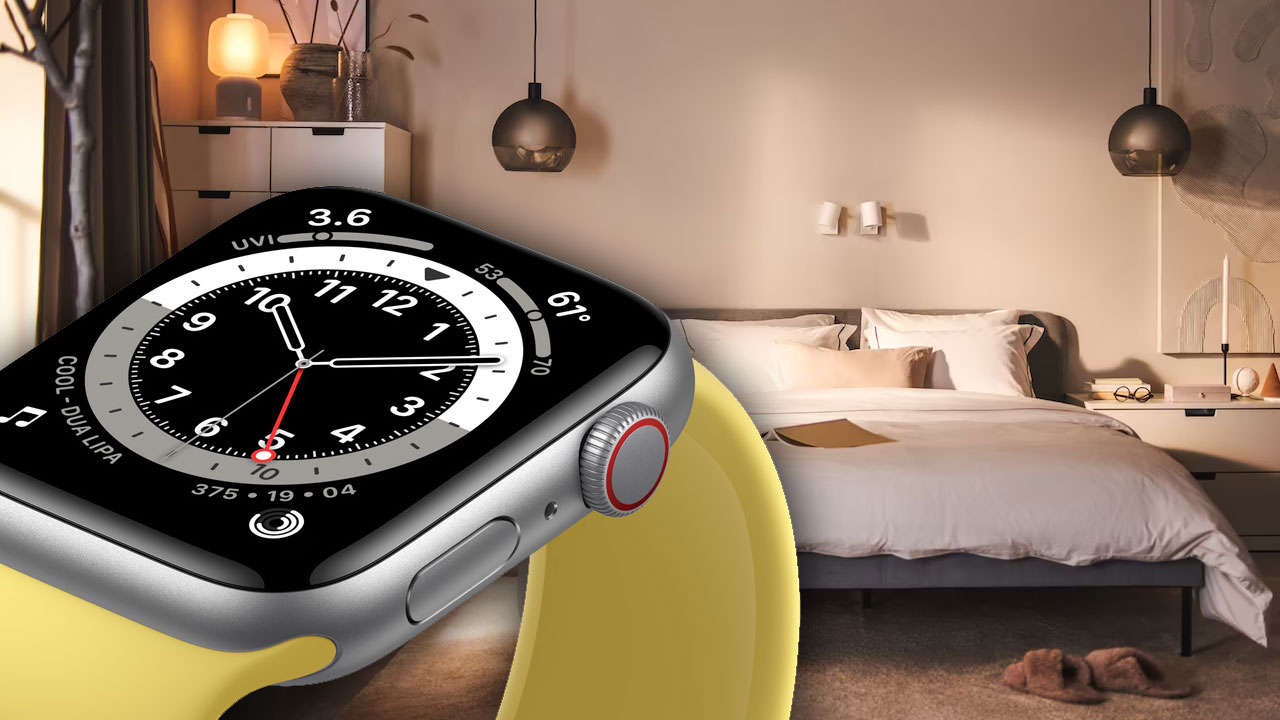
Sleep is important because without it we would, quite literally, lose our minds. And with an Apple Watch on your wrist, be that an Apple Watch Series 7, Series 8, SE, Apple Watch Ultra or other, you've got some great options to help track and improve your night's rest.
Sleep provides your brain with the essential opportunity to rest and repair itself. According to the Sleep foundation, every year, the United States loses 1.23 million working days due to insufficient sleep and sleep-deprived workers are twice as likely to miss work as their better-slept colleagues. And not only does a lack of sleep hit you in the wallet, it changes your mood too. If you are sleep deprived you are more likely to become irritable, anxious and depressed.
Sleep deprivation also massively decreases your performance. I wouldn’t be surprised if it is the thing that eventually ends the human race. Remember the Chernobyl nuclear plant accident in 1986? That began at 1:23 a.m. because of human error. The Three Mile Island nuclear disaster in 1979 began between 4am and 6am when shift workers failed to recognize a serious change in the reactor, which led to it melting down later in the day.
So, now we’ve established that lack of sleep can mean the end of the world as we know it, let’s see what Apple can do to prevent that happening and get you a better night’s sleep in the process. It’s Apple Watch to the rescue!
Apple Watch Sleep Tracking: What you need
The first thing to realise about tracking your sleep with an Apple Watch is that it’s going to require a bit of teamwork. Out of the box there is no stand-alone app on your Apple Watch for seeing how well you slept. (You’re going to have to buy a third party app for that, but more of that in a future article).
Apple’s solution to built-in sleep tracking is to get your Apple Watch to capture your sleep data and then the Health app on your iPhone to display it. In fact, you get so much information about your sleep in the Health app that you can easily start obsessing over the results, and paradoxically lose sleep worrying about how little sleep you’re getting. Newsflash — it’s probably worse than you think, since 1 in 3 of us are sleep deprived.
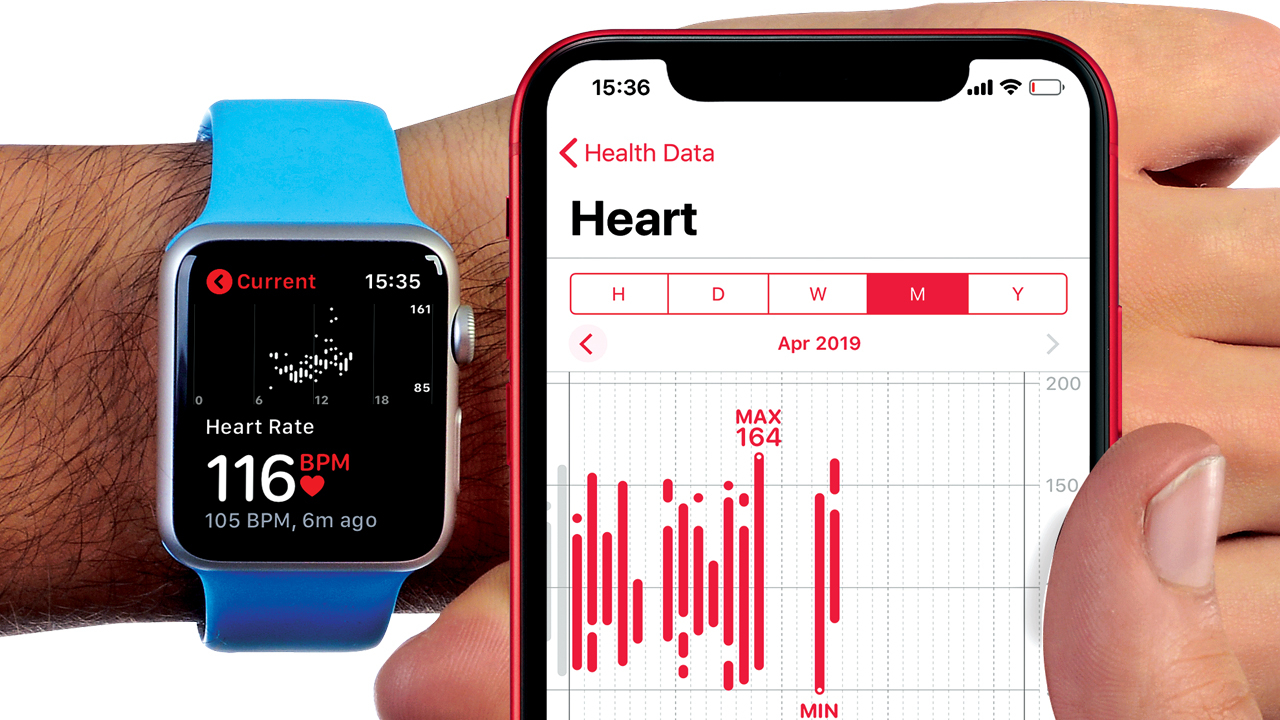
What this means is you’ll have to wear your Apple Watch to bed, then pick up your iPhone in the morning to judge the quality of sleep you got. Wearing your Apple Watch at night might be a strange concept to many of us who, rightly, use that time to charge the device after we’ve gone to bed. Anybody who has an Apple Watch knows that a single charge only lasts about a day, so you’re going to have to create a new schedule for your life that means you charge your Apple Watch before bed - we’d suggest putting it straight on its magnetic charger the moment you get home from work, or wake up. If you’re working from home, like most of Apple seem to do, then charge it after you’ve finished your work hours.
iMore offers spot-on advice and guidance from our team of experts, with decades of Apple device experience to lean on. Learn more with iMore!
Setting Apple Watch up for sleep tracking does require fiddling about in some menus, but luckily for you we’ve already produced a guide to doing it. Here's how to set up and use the Sleep app in Apple Watch: everything you need to know to get started is there. So, assuming you’ve done this already, and just woken up after a night’s sleep, you should head over to your Health app on your iPhone, then tap Browse then Sleep where you can see the quality of sleep you’re getting.
Types of sleep
The first thing to realise about the results that Apple is showing you is that not all sleep is created equally. There are recognised changes to your brainwaves in the Sandman’s company, and you need to know the differences between them.
While there are clearly defined stages of sleep it’s important to note that nobody knows entirely what the different stages do, and while there are generally accepted theories, new evidence is emerging all the time. One thing is accepted though — each stage is identified by the changes in brainwave patterns that happen as you sleep.

For example, dreams happen during REM (rapid eye movement) sleep. Deep sleep however has a more restorative effect on the body and the Health app shows you both. Also, you need to know that people don’t neatly go from one stage to the other while they sleep, then wake up after 8 hours feeling refreshed. During sleep you cycle in and out of each stage multiple times. Also, you can fall into deep sleep relatively quickly — it doesn’t only happen after an hour or so.
We can label the sleep stages as follows:
Awake:
Don’t worry if your Health app shows that you woke up several times in the night, but you’ve got no memory of that happening. People often wake up then fall right back to sleep and don’t recall it.
REM Sleep:
The Michael Stipe of sleep. Here your brain goes off on flights of fancy called dreams. Scientists think dreaming plays a role in learning and memory. Your muscles relax the most here, to stop you acting out your dreams in real life.
Core Sleep:
Despite the name, this really isn’t the heart of a goodnight’s sleep, instead it’s a light sleep that may be important for cognition. It’s what your brain is doing for the majority of your time spent asleep.
Deep Sleep:
This is where your brain waves slow down. During this stage your tissues are repaired and essential hormones flood the body. It feels good just talking about it doesn’t it? Typically this type of sleep happens more in the first half of the night.
Creating a routine
Apple Watch doesn’t just track your sleep, in conjunction with the Health app it helps you get into a more regular bedtime routine and improve it, which includes things like setting your sleep goals (aim to get at least 7 hours, preferably 8, is a good rule of thumb) and what time you want to go to bed, so Apple can remind you.
You also need to decide what your alarm time and its sound are, and whether you want Wind Down enabled, which is a feature that starts to reduce your notifications as you approach your bedtime. It all feels a bit like you’re being manipulated into going to sleep by your iPhone, but it’s honestly acting in your best interests, so we’d recommend enabling it.
Here’s a guide on how to set up and use sleep schedules on your iPhone that we prepared earlier. It has everything you need to know about setting your sleep goals and setting up Wind Down. Incidentally, we’ve also produced a complete guide to all the features of the Health app too, since it does so much more than just monitor your sleep.
Inside your brain
Let’s drill down into what the Health app can tell you about your sleep patterns by looking at a graph of a terrible night’s sleep I had recently.
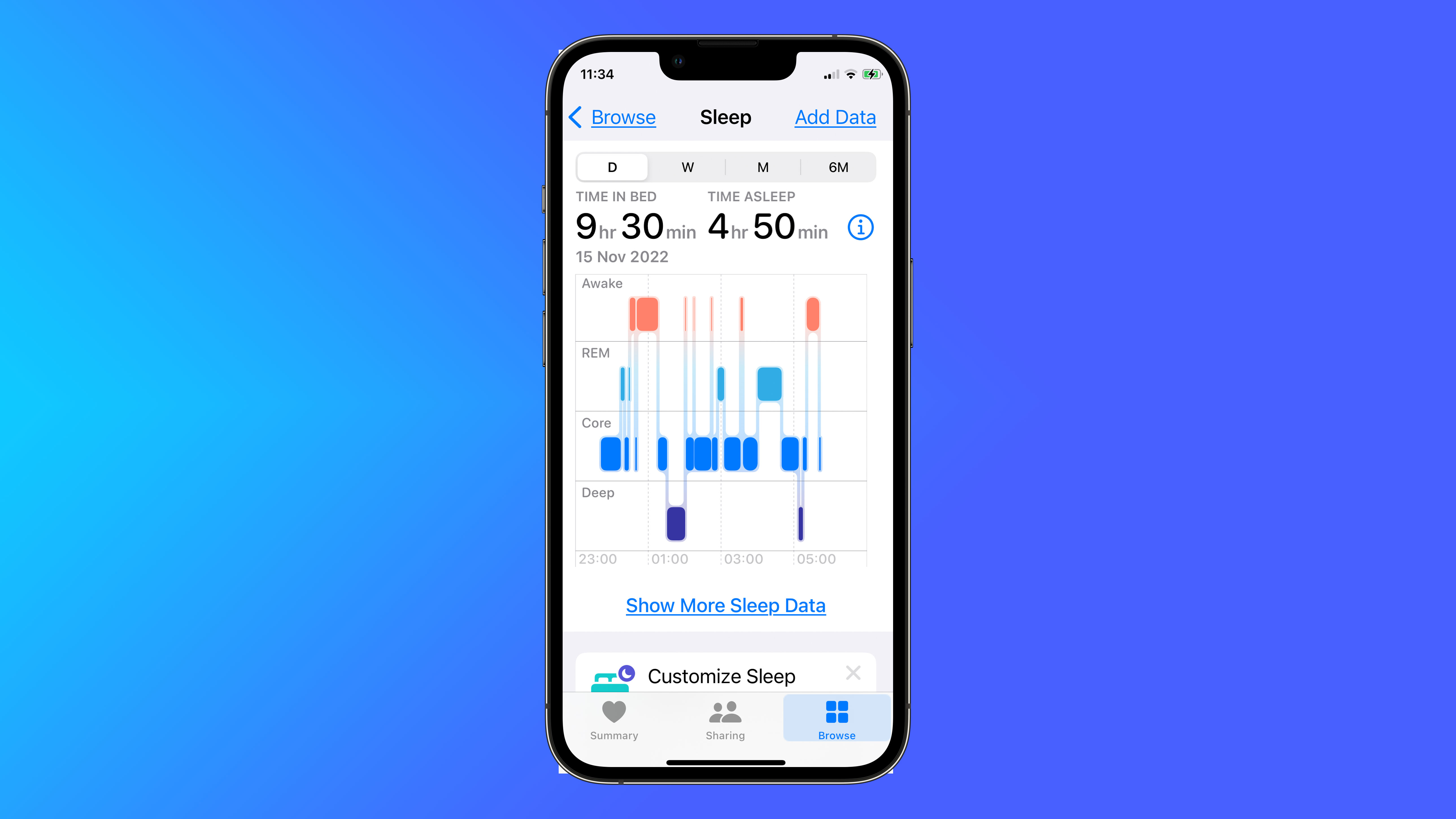
Near the top of the screen you’ll see TIME IN BED and TIME ASLEEP. Apple Watch can tell the difference between the amount of time you are in bed and the amount of time you are actually asleep, and shows you figures for both. How it does this is a bit of a mystery, but it appears that Apple Watch notices the time you turn your lights off, combined with inactivity, to recognise when you are in bed, and the change in your body rhythms to decide when you are asleep.
You’ll see that I have a very broken night’s sleep, waking up frequently and then I’m awake almost completely from 5.00am. In my defence my cat jumped on my chest demanding to be fed at 5.00am, which didn’t do wonders for my overall sleep time, but you can see that out of the massive 9 hours 30 minutes I spent in bed, I only slept for 4 hours, 50 minutes, which is way below than the 7 hours minimum I should be getting.
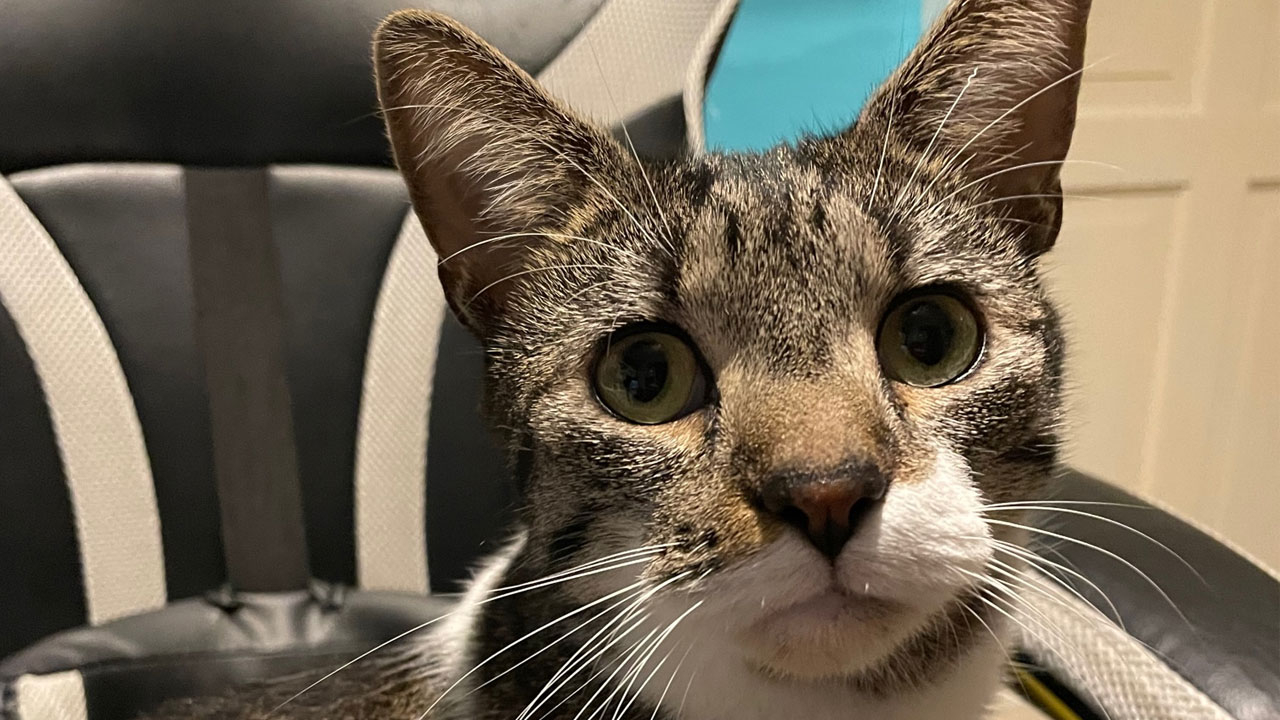
The sleep graph shows I woke up around 12 and didn’t get back to sleep until 1.00am where I quickly fell into that vital Deep Sleep brainwave pattern, before returning to the usual Core Sleep rhythms. As you can see, I need to make some changes in my sleep routine, (beyond just getting an automatic cat food dispenser.)
Even so, you can clearly see all the different phases of sleep I’m getting represented on the graph. There’s REM Sleep, Core Sleep and Deep Sleep all present and correct. A single night’s results don’t tell you much though. Change to the 6 month view of the data and you can see your average sleep time.
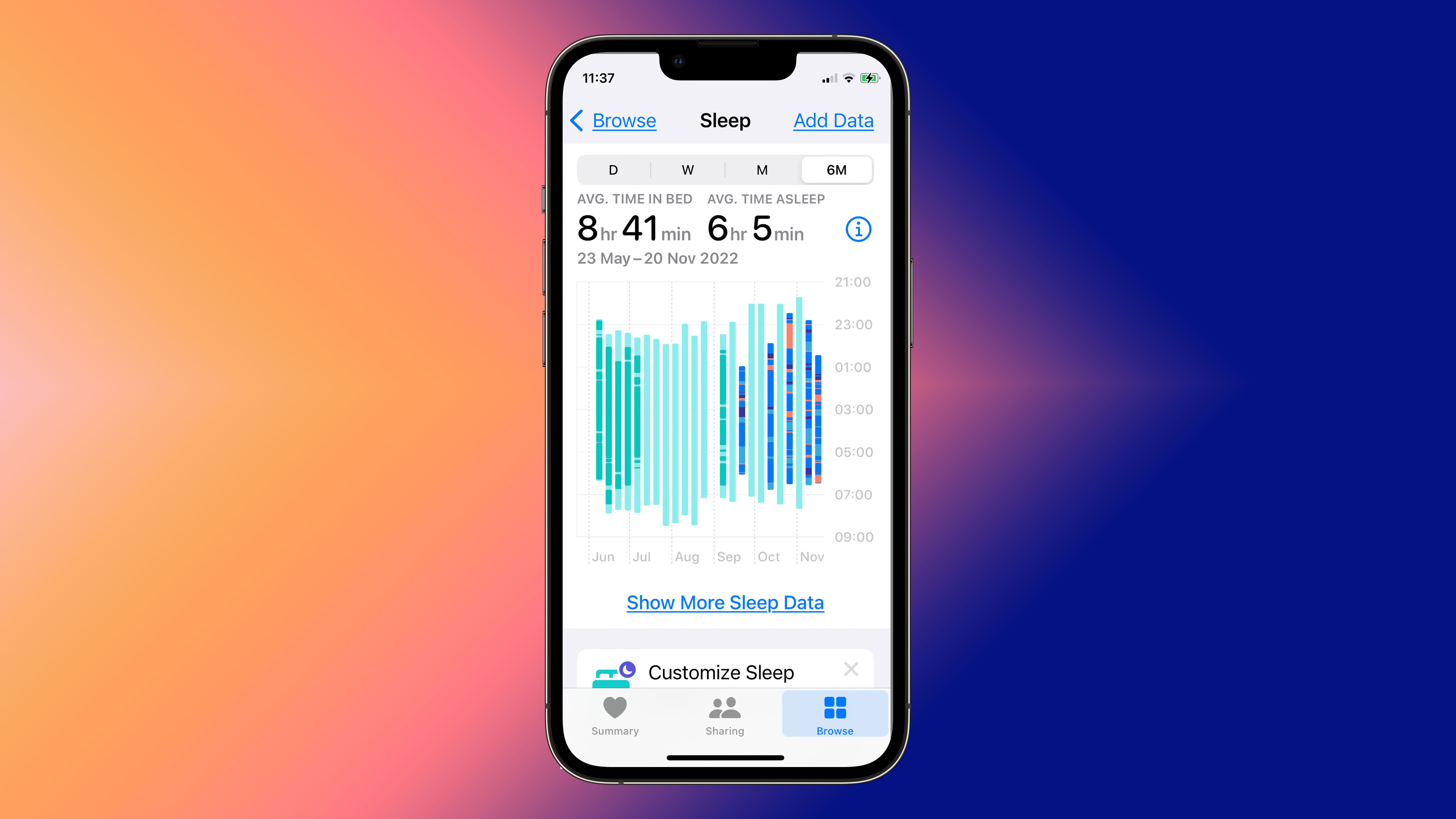
On the 6 month view my average improves to 6 hours and 5 minutes of sleep per night, but that’s still not good enough.
My Apple Watch is telling me I’ve got work to do, and armed with the data, I at least know that I need to make improvements if I’m going to get the vital sleep I need.
If you’ve got one of the best Apple Watch wearables and you’re not tracking your sleep, then it’s about time you got on board — everything you need to do it is on the devices you already own.

Graham is the Editor in Chief for all of Future’s tech magazines, including Mac|Life, MaximumPC, MacFormat, PC Pro, Linux Format and Computeractive. Graham has over 25 years of experience writing about technology and has covered many of the big Apple launches first hand including the iPhone, iPad and Apple Music. He first became fascinated with computing during the home computer boom of the 1980s, during which he wrote a text adventure game that was released commercially while still at school. After graduating university with a degree in Computer Science, Graham started as a writer on Future’s PC magazines eventually becoming editor of MacFormat in 2004 then Editor in Chief across the whole of Future’s tech magazine portfolio in 2013.These days Graham enjoys writing about the latest Apple tech for iMore.com as well as Future’s tech magazine brands.
